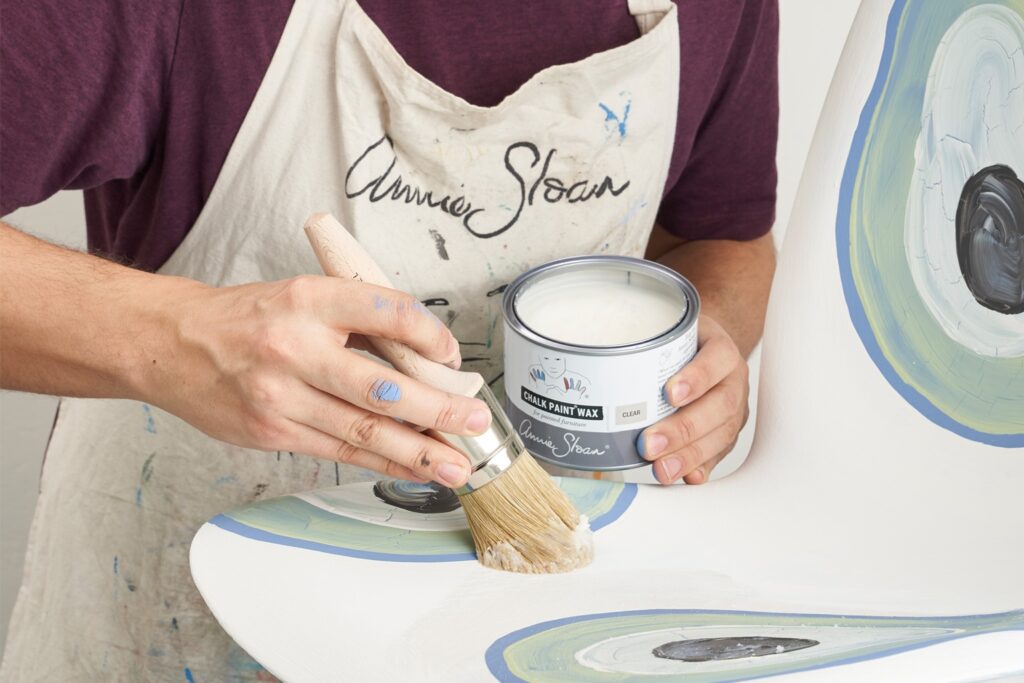When it comes to home repair, it’s common to need practical ways to deal with the problems caused by water and moisture damage. With the various defense strategies, waterproof paint is a flexible and effective option. This article explores the world of waterproof paint, including its uses, advantages, and things to remember while applying a resistant coating.
Comprehending Waterproof Paint
A painting specially formulated to produce a barrier against water getting inside is called waterproofing paint (สีทาหลังคา กันรั่วซึม, which is the term in Thai) sometimes called moisture-resistant or moisture-repellent paint. Waterproof paint is an excellent option for damp locations like basements, restrooms, and external walls since it has chemicals that improve its resistance against moisture, unlike ordinary paint.
The Advantages Of Paint The Waterproofing Process
1. Preventing Water Damage:Painting surfaces and walls with a waterproof coating creates a barrier that keeps water from penetrating. This preventive action lessens possible water damage, including mold development, flaking paint, and structural degradation.
2. Mold and Mildew Resistance ranges from Waterproof paint to prevent the growth of mold and mildew by creating an environment that is resistant to moisture. It keeps things visually pleasing while also promoting a healthier interior atmosphere.
3. Improving Persistence:Paint that provides waterproofing to surfaces has a longer lifespan and is more durable. By strengthening sidewalls against the damaging effects of moisture, the barrier of protection helps minimize the need for regular repairs and maintenance.
Uses For Waterproof Paint
Waterproofing a basement: Water intrusion is pervasive in basements. Waterproof painting is an excellent option for sealing basement flooring and walls and establishing a solid barrier from moisture and water in the ground.
Bathroom Guarding: Bathrooms are susceptible to harm because of the elevated humidity and ongoing interaction with water. Waterproof paint offers a strong barrier that keeps water from seeping through the paint on walls and ceilings.
Safety for Exterior Walls: Due to their exposure to the weather, a building’s exterior walls are vulnerable to water damage. Waterproof paints can protect external surfaces from rain, snow, and other weather elements.
Surface Preparations: The efficacy of paint depends on proper surface prep. While putting the color, ensure the surface is clear of cracks and imperfections, dry, and clean.
Selecting the Correct Type: Certain waterproof paints are designed to work on particular surfaces and under specific circumstances. When choosing the right kind of waterproof paint, consider elements like the substrate, the area, and the degree of water exposure.
Observe The Application Recommendations
Follow the application instructions provided by the manufacturer, paying attention to the suggested coat count and drying durations. As a result, maximum effectiveness and durable protection are guaranteed.

